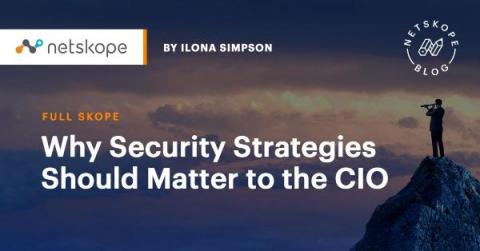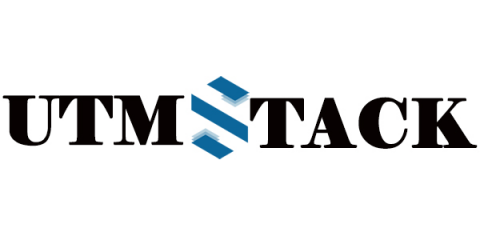State of Security Research Details Essential Strategies for the Year Ahead
This year, security teams face more challenges — old and new — and grapple with high rates of burnout. Cloud complexity, supply chain attacks and additional obstacles are pushing security teams to the limits, and inspiring new responses. New research points to key strategies that will help organizations weather the complex challenges and attacks ahead.











